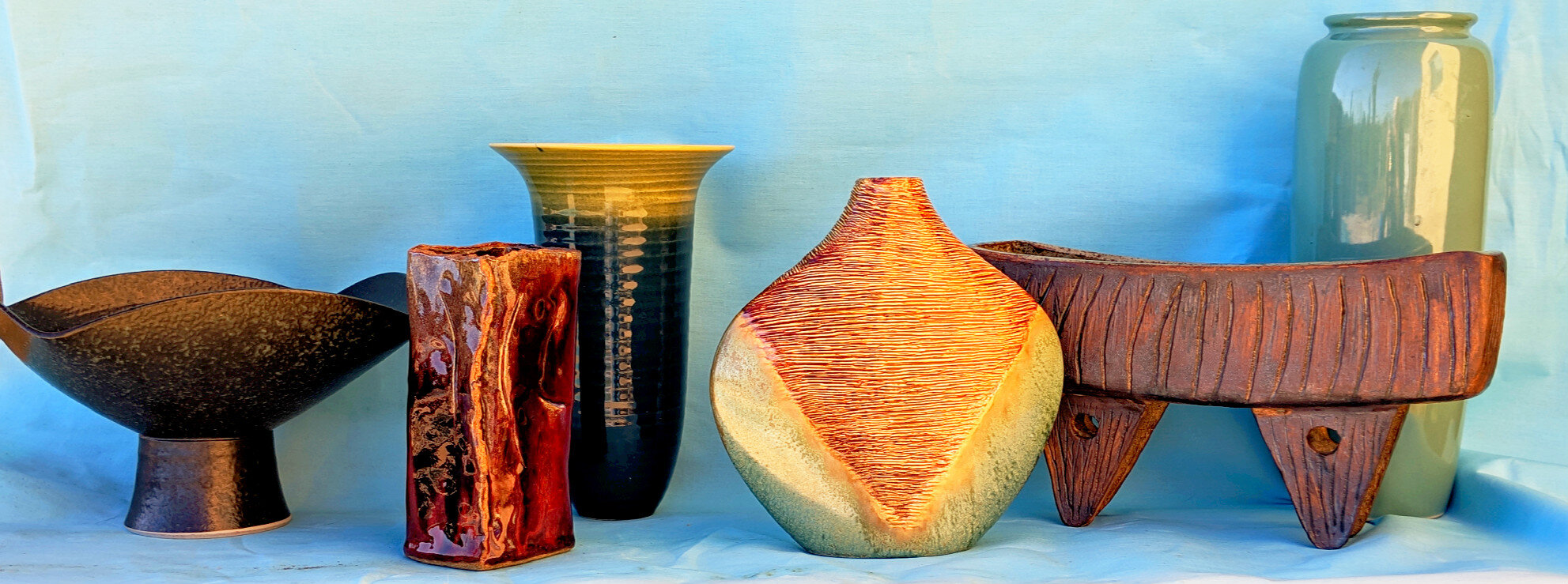
Museum
Japan’s rich creative imagination has nourished both a distinctive national heritage and influenced the taste and work of artists worldwide, in fields as varied as poetry and painting. Our Museum speaks of this far-reaching cultural force in galleries that display beautiful Japanese artworks and costumes, as well as refined decorative arts and rustic handicrafts.
You’ll find selections from the largest collection in the United States of vases and vessels to hold traditional Japanese flower arrangements called Ikebana, and sumptuously embroidered traditional wedding kimonos. Also to admire are hanging scrolls painted with exquisite landscapes, birds and flowers, and others bearing classical Japanese poems in the inimitable brushstrokes of Zen calligraphy.
Ceramics, lacquerware, textiles and metal works fashioned by ordinary persons for daily use illustrate mingei, or “art of the people,” embodied in handicrafts of humble charm. Our holdings of woodblock prints and book illustrations, meanwhile, capture the life, work, and entertainments of Japanese town and country folk in the 18th and 19th centuries.
Adding a further dimension to the permanent and rotating exhibitions in the Museum is an expanding and descriptive on-line catalogue of its holdings. Visiting the Museum in person or virtually, you’ll discover a revealing window into the ideals and arts that place Japan on a unique cultural plane.
Vase Variations: The Artistry of Ikebana Vessels
Our newest permanent exhibition offers a unique window into Ikebana, the traditional Japanese art of flower arranging.
Ikebana arose about 550 years ago, born of placing flowers at altars in Buddhist temples. Unlike Western flower arranging which focuses on blooms and blossoms, Ikebana gives equal weight to texture, form, and structure, and to stems, leaves, and branches. And not least to vases – designed and mindfully chosen on the basis of their materials, size, shape, finish, and color to heighten the contemplative, Zen-like nature of a traditional Japanese floral composition.
From the first containers made of iron, Ikebana vases have evolved as the art of flower arranging spread from the Japanese nobility to commoners. Various schools of Ikebana also developed, pursuing differing arrangement principles. The vases used in all of them share a purity of purpose designed to complement but not compete with the creations they hold.
The vases on view at Yume are drawn from our collection of more than 200 Ikebana vessels, the largest and widest-ranging such holding in the United States. Many are more than a century old, others are contemporary, and most are handmade by Japanese artisans from bamboo, bronze, ceramics, lacquer, clay, or glass. They illustrate an amazing breadth of design and materials, and accompanying photographs of flower arrangements show how they are used in the different schools of Ikebana practice.
Splendor in Cloth: Traditional Japanese Kimonos
Few things are so closely associated with Japan by Westerners as the kimono. The examples in this permanent exhibit are worn at traditional weddings and are outstanding in their workmanship and beauty.
Stitched together out of cut pieces like Western clothes, the robe-like kimono emerged in the latter half of the fifteenth century. Because all kimonos share a simple straight-lined form, it is the lovely painterly decorative designs on them that lend individuality to each garment. Often the themes of such designs are flowers or birds in many colors, but they may also be depictions of clouds, water or leaves, or of scenes associated with poems, songs, or novels
Although most Japanese today require help to put on a formal kimono and tie the obi or sash that secures it so that the fall of the garment achieves an elegant appearance, beautiful kimonos are still common, if not commonly worn. There are kimonos for men, women, and children, and for formal and felicitous occasions such as graduation and coming-of-age ceremonies, mourning, and New Year’s festivities. Those for traditional weddings are of silk and are especially elaborate. Hand-painted and embroidered, they can cost thousands of dollars.
Mingei: Old Japan on Hand
Objects designated mingei, or “art of the people,” are often antiquities and are esteemed, collected, and conserved in Japan for their rusticity, functionality, and homemade quality. Produced as they were by anonymous people who made them for their own everyday use, utilitarian mingei pieces challenge narrow definitions of art and beauty, being plain and simple folkcrafts rather than refined works created by professional artists.
Our collection includes items spanning more than 200 years. Among them are a straw barrel to store Japanese rice wine, or sake, and porcelain cups to drink the spirits, along with slender brushes tipped with deer, horse, rabbit, or squirrel hair for drawing calligraphy and to make ink-wash paintings. Also on display are more robust objects, such as a homely iron hearth and traditional hasami, or sewing scissors, forged by an ironmonger from a single piece of steel and reflecting the skills of sword makers applied to the fabrication of a household article.
With “Mingei: Old Japan on Hand,” we pay tribute to nameless creators who used materials as common as themselves – ceramics, textiles, metal, paper, bamboo, lacquer, and wood – to make functional things that are humble, but nonetheless of value, because they preserve the sense of the personal in an era of mass manufactures.
Exquisite Visions: Japanese Hanging Scrolls
An essential element of classical refinement in every temple and tea house in Japan and in many traditional homes is the beautiful kakemono, or hanging scroll.
The painstakingly crafted artworks that you see at Yume feature hand-painted images or ink-wash sketches or calligraphy on Japanese paper or brocaded silk fabric, which is mounted on flexible backing so that the scroll can be rolled for storage.
The kakemono was introduced to Japan from China during the Heian period (794-1185), mainly in the form of Buddhist images for religious contemplation, or to display poetry or artistic calligraphic writing. Beginning in the 14th century, scroll subjects diversified, expanding to include landscapes, flower and bird paintings, and portraiture.
Our scrolls date from the 18th to the 20th centuries and from various regions of Japan, and their pictorial compositions are delightfully varied.
In addition to birds such as stately cranes and rustic quail, scrolls may depict delicate flower stems and blossoms, beckoning trees, clouds, hills and mountains, and allegorical scenes, such as depictions of pilgrim journeys and Buddhist images. Bold calligraphy illustrates other scrolls, with famous poems a favorite theme.
The 2024-2025 Museum Exhibits were made possible through the generous support of Japan Foundation NY.







